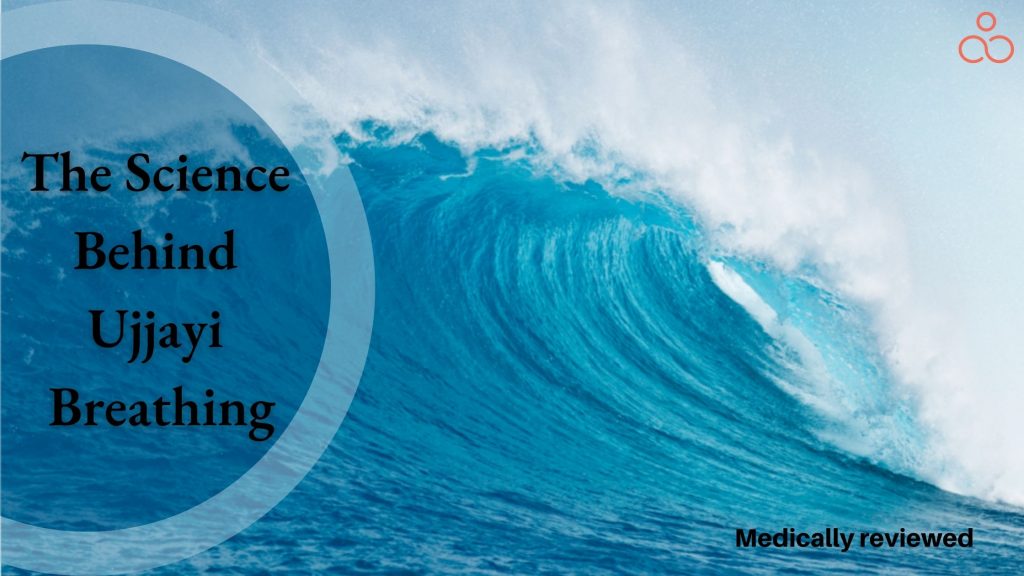Medical parts written by Dr. Rai
“As breath stills our mind, our energies are free to unhook from the senses and bend inward.” ―
B.K.S. Iyengar, Light on Life
There is no denying that the breath and the mind are entirely linked. Therefore, we shouldn’t overstate the importance of breathing. The act of taking a breath is the act of living. It’s the one thing we couldn’t live without, but we seldom take the time to admire and appreciate it in all of its glory. So take a break from reading and take a deep inhale and exhale. Then, take a few more deep breaths and watch how a sense of calm washes over you. Be aware of your breathing is something I recommend to all of my patients. Become aware of how your thorax is expanding and shrinking. The breath has a magical quality. The state of our thoughts is a reflection in the form of our breath and vice versa. Therefore, we employ techniques like ujjayi breathing to regulate the mind by stabilizing the breath.
Ujjayi Pranayama (breath control method) is a delicate, whispering breath known as victorious breath or ocean breath. It’s like the sound of the air through the woods or waves on the coastline.
Examine the origins of Yoga’s pranayama, the physical and mental advantages of ujjayi breathing, and when and how to practice it.
A Glance At Ujjayi Breathing
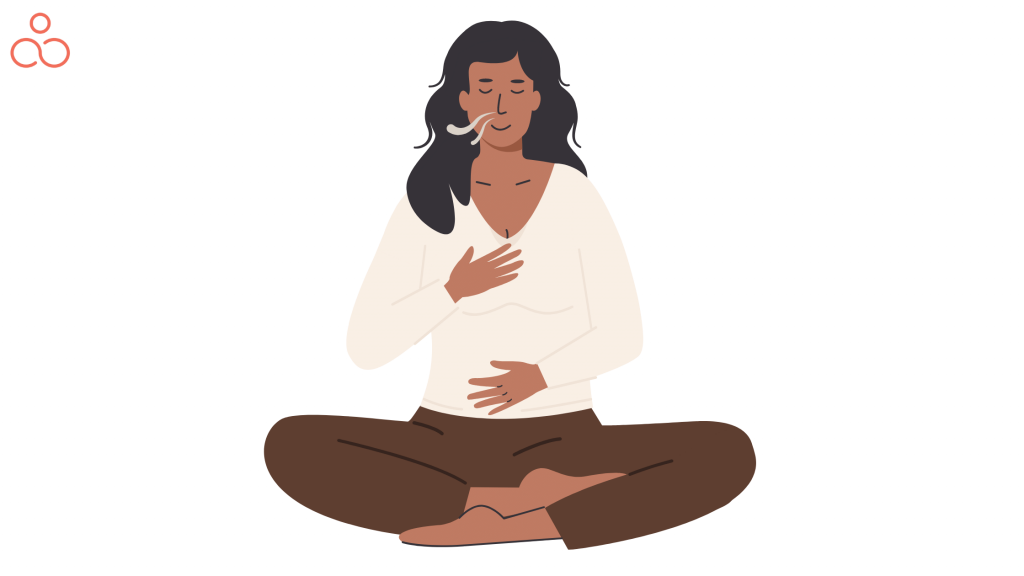
Ujjayi is a Sanskrit word that combines the roots’ uj,’ which means great or high, and ‘jay,’ or ‘jii,’ which means to conquer. Thus, ujjayi is most commonly translated as “conqueror’s breath” or “victorious breath.”
Because of its peculiar sound, ujjayi is also known as ocean breath or Darth Vadar breath. The ujjayi diaphragmatic breath is distinguished by nostril inhaling. The duration of the exhaust equals the length of the inhale.
There is no breath retention between entire inhalations and full exhales. Instead, as the breath passes past the throat, a mild constriction of the glottis produces an audible ocean-like sound.
It might help if you imagine your ujjayi breath as rolling ocean waves. Long, fluid, and calm breathing is required. Your inhales are solid and whole. As the diaphragm falls, extend the belly out, fill the lungs, and blow the ribs wide.
Consider a gorgeous blue ocean wave that is growing and about to crest. Pay attention to the natural pause at the top of the inhalation and relish this little respite. Next, visualize an ocean wave rising and rolling over itself, collapsing into the vast sea and gently slipping back into where it originated when you begin to exhale, and the diaphragm starts to rise. Allow these breaths and visualizations to cycle until you can entirely focus on your ujjayi breath without using your imagination.
Roots Of Oceanic Breath
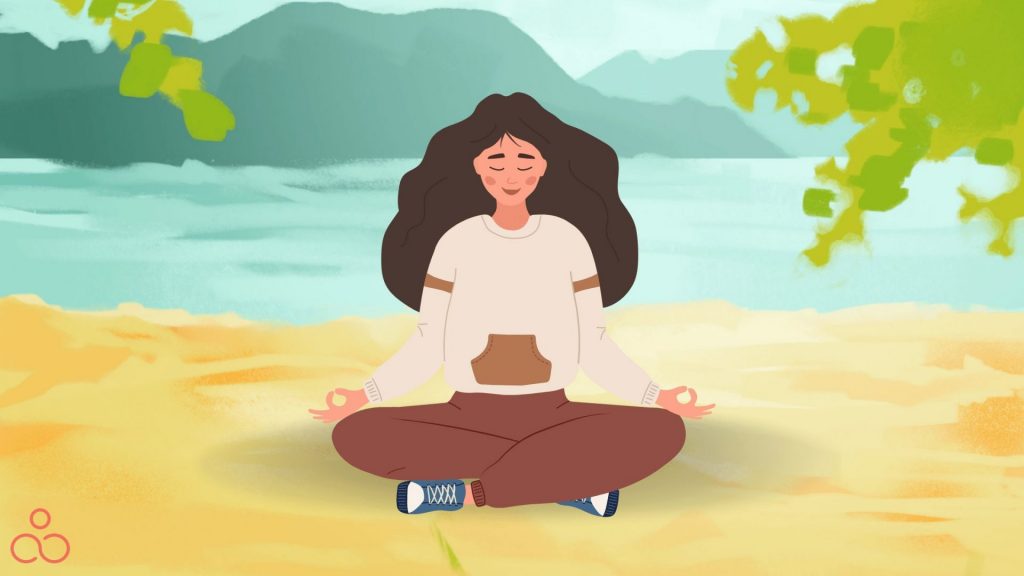
Pranayama is a word from Sanskrit that is made up of the root words “prana” (life energy) and “Ayama” (expansion). The root ‘Yama,’ which means constraint, is included in the second portion of the word.
As a result, pranayama can be translated as either growth of our life force or a breath constraint. Therefore, the fourth of the eight limbs of Yoga, pranayama, is an essential aspect of yogic practices.
The victorious practitioner of ujjayi pranayama is eventually victorious over life and death itself. When pranayama penetrates the heart, the yogi becomes almighty, according to the Hatha Yoga Pradipika of the 15th century.
Patanjali’s Views On Pranayama And Ujjayi Breath
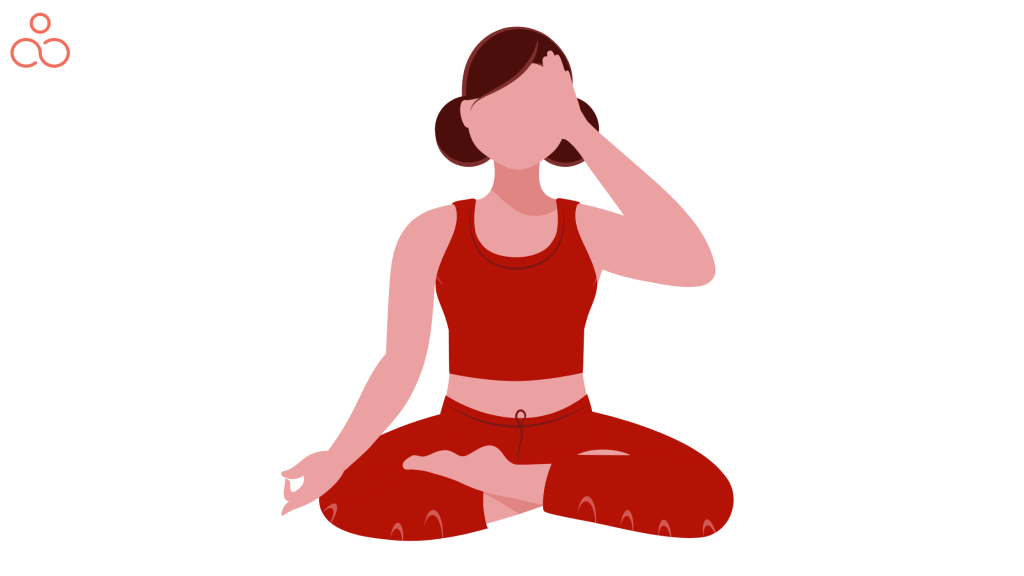
Patanjali, also known as Gonardiya or Gonikaputra, was the author or co-author of two great Hindu classics: the first, Yoga-sutras, a classification system of Yogic thought assembled in four volumes with the titles “Psychic Power,” “Practice of Yoga,” “Samadhi” (state of profound contemplation of the Absolute), and “Kaivalya” (state of profound contemplation of the Absolute (separateness).
The Yoga Sutra of Patanjali explains how pranayama leads us to samadhi or complete absorption of the yogic practices. According to Yoga Sutra 2.49, the slowing of the breath occurs when we have established ourselves as secure and comfortable in our asana, or posture practice.
Pranayama, according to Patanjali, is the natural result of complete body harmony. As a result, some teachers believe that pranayama, particularly ujjayi, should not be taught. Instead, when the student is ready, this tiny breath will emerge organically. Teachers and researchers, on the other hand, disagree over Patanjalis intended meaning. Paying close attention to the breath, according to Yoga Sutra 2.5, causes a profound feeling that is felt both externally and inside.
This moment of calm, the stoppage of prana is described in Yoga Sutra 2.51-2.53 as the point when all of our mental illnesses are eliminated. The student’s breath persists, but they get wholly immersed in prana. As a result, the mind is prepared for intense focus.
How To Practice Ujjayi Breath
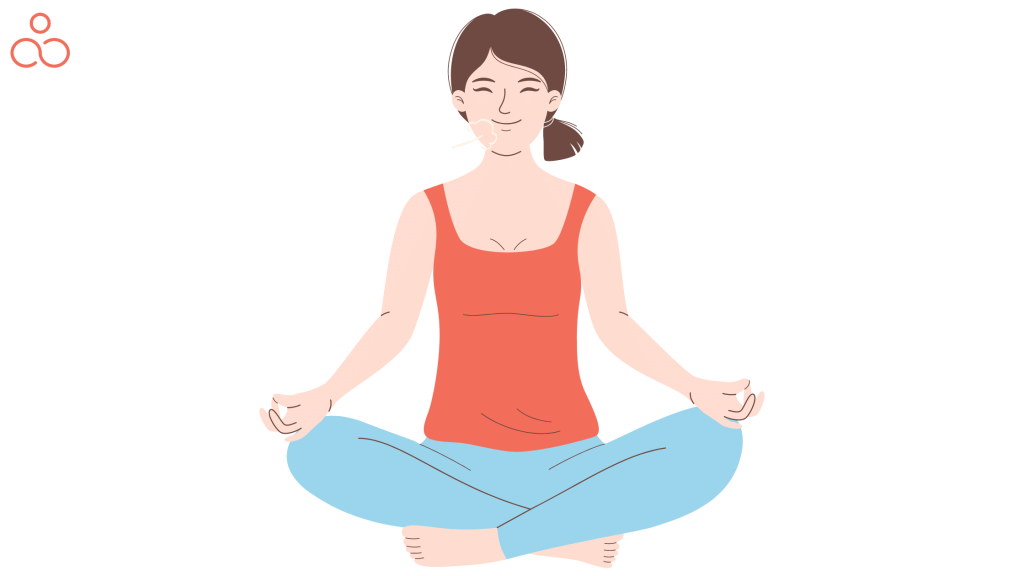
“Ujjayi Pranayama is a balancing and calming breath which increases oxygenation and builds internal body heat.” —Krishnamacharya
Remember to unwind before you begin. Don’t obsess over the procedure. Ujjayi breathing intends to help you lengthen and smooth out your breath. So think less and breathe more.
It’s best to begin in a relaxed seated position. Close your eyes lightly and sit tall.
Ujjayi breath is inhaled and exhaled through the nose with the lips closed — no air travels through the lips. It also helps to keep the body warm. The lips slowly close, and the focus is in your throat, even if the breath is traveling via your nostrils.
As though breathing in and out of a thin straw, you generate a tightness in your throat. Be aware of any stored tension in the teeth, jaw, throat, and neck while keeping a closed mouth position – let this go.
As you inhale and exhale, you can feel the wind tickle the back of your throat. This is linked to the timbre of the breath, which has been compared to the sound of waves, Darth Vader, and my partner dozing off.
The tone and the audibility are smooth and consistent, with continuous, unbroken cycles of inhales and exhales; often, there is no discernible variation in sound between the in and out breath cycles.
Take a deep inhale and imagine fogging up a mirror as you exhale to practice ujjayi breath. Making the sound “haaaah” slowly as you exhale can assist.
Slowly close your mouth while you are still making the “haaaa” sound. Then, continue to breathe in the same manner, with your lips sealed. The trick is to slightly tighten the back of the throat, making the airway smaller and causing the breath to drag up and down the windpipe. It takes some time to get used to it, so be patient with yourself.
Brief Version To Practice Ujjayi Breath For Beginners
- One hand should be on your lap/thigh, palm pointing up or down, and the other hand should be at the same level and in front of your mouth, palm towards you.
- Exhale into your palm with your mouth wide open, as if you were heating a mirror/glass and feeling the hot breath on your hand. Keep your hand where it is on your next inhale and breathe in, generating the same sound.
- If they can’t stretch the breath uniformly on both sides, shorten the more extended breath to match the shorter breath. At no point should you be out of breath or gasping for air. There is NO RETENTION; it’s like a never-ending sea of waves with no holding, wholly fluid and flawless. Optimistic.
SAMA VRITTI
Sama: same Vritti: whirlings, fluctuations, modifications.
The duration of the breath is the same as on the inhale as it is on the exhale, in addition to the steady tone of the breath. So you take a full in-breath and an out-breath in the same amount of time.
Using a clock is excellent practice; numerous excellent online/phone applications are helpful for that. Set your metronome to 75 beats per minute and inhale for four beats and exhale for four beats. It’s ideal to use an app that emphasizes/ punctuates the start of each new breath cycle.
The final touch is to breathe fully, profoundly, and thoroughly while maintaining an even tone and length of breath (air volume of breath).
Within each cycle, spend the full inhale filling up, and the entire exhale releasing breath. Again, it should be smooth and easy, and you should attempt not to let the breath run out.
When To Practice Ujjayi Breath
You can do Ujjayi breath whenever you want. You do not have to be on your yoga mat to participate. If you’re on your yoga mat, though, remember that your breath generates heat in your body. So it might not be the best choice when you are doing hot Yoga.
You might not want to add this aspect of heat to your body if you’re doing a Yin or Restorative yoga class. Instead, keep a gentle and smooth breath without making any noises.
There may also be times in your practice when adding heat is unsuitable (for example, some pregnant practitioners find Ujjayi breathing to be too hot to maintain for a complete practice) or when breathing via the nose is impossible (e.g., blocked sinuses).
Benefits Of Ujjayi Breath
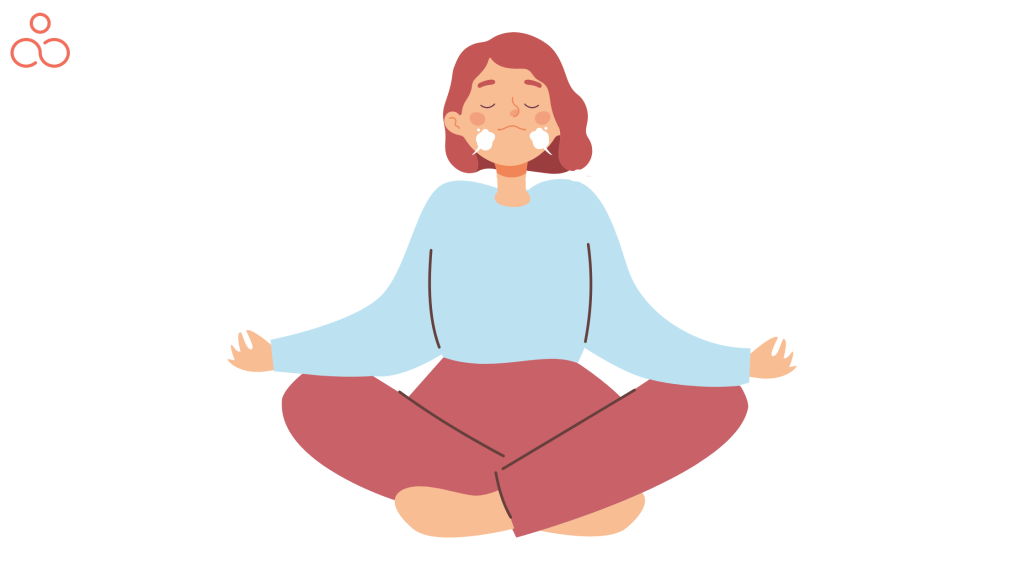
Try to relax your thoughts and bring awareness to the current moment by managing your breath. Yoga practitioners believe that you can improve your physical, mental, emotional, and spiritual health by intentionally practicing breath control techniques.
Unlike other pranayamas, done when seated or lying down, you have to breathe in Ujjayi in every stance throughout the exercise. The Ujjayi breath’s consistency, tone, and depth help bring your mind, body, and spirit into the present. This unity gives your practice more depth and richness.
Integrating Ujjayi pranayama into your practice will enrich both your on- and off-the-mat experiences. The following are the advantages of Ujjayi:
- Physical Health
The technique is said to generate internal heat, which aids in the release of tight parts of the body, reducing the risk of injury during stretching. At the same time, deep breathing expands the lungs more than usual, increasing circulation and releasing toxins from the interior organs.
Additionally, a 2010 study found that the immune system is strengthened, and sleep is improved. Furthermore, this form of breathing aids in the management of high blood pressure and thyroid issues, as well as the rejuvenation of the nervous system.
Both nostril breathing and ujjayi have significant benefits when done correctly. Both of these things stimulate the vagus nerve, which activates the parasympathetic nervous system. Our heart rate lowers and stabilizes when this system is triggered, our mood improves, and our immunological response becomes stronger.
According to a 2012 study from India, ujjayi breathing reduces sympathetic nervous system activity. It switches off our bodily response to stress by stimulating the vagus nerve.
- Flow Of Energy
More prana, our vital life force, enters the mind-body system with the Ujjayi breath. It removes the sluggish energy from the channels (nadis) through which it passes, assisting the body in overcoming exhaustion, stress, and negativity. Additionally, this pranayama promotes the transfer of energy from the root energy center to the crown.
- For De-stressing
The slow, concentrated, rhythmic character of the Ujjayi breath shows to help soothe the nervous system almost immediately when you’re feeling irritated, anxious, or worried. This breathing technique also regulates the cardiorespiratory system, according to studies. Stress, anger, and frustration can be relieved by restoring equilibrium to these two systems. It also helps to relax the mind and body. Check out this study for more data and how ujjayi breathing has helped people who are constantly agitated.
- Focus
The steady tone, and depth of the Ujjayi breath have a meditative character that helps us integrate our mind, body, and spirit with the present moment, making us more self-aware.
When this happens, mental focus and attention improve, Yoga poses flow more easily, stability improves, and we can hold postures for more extended periods. Sustaining the Ujjayi breath during your yoga practice, whether it’s Hatha Yoga, vinyasa yoga, or another discipline, allows you to stay centered, grounded, and integrated while keeping your thoughts at a distance.
- Helpful with Depression
As per Central Michigan University, Ujjayi breathing is a technique for calming your mind by focusing on your breath. This aids in the suppression of thoughts that could otherwise detract from your meditative state.
Another study published in 2017 found a substantial reduction in depressive symptoms in patients with depression who were using or not taking antidepressant medication.
- Stress-relieving Treatment For Cancer Patients
Cancer and its treatment cause a slew of debilitating symptoms that are frequently unabated by conventional therapies. Pranayama, a set of yogic breathing methods, has been shown to reduce cancer-related symptoms and enhance life quality.
Seven scientists did a pilot study to determine the feasibility of pranayama and investigate its impact on cancer-related symptoms and quality of life. Four breathing methods were taught in weekly workshops and performed at home as part of the pranayama intervention. During two cycles of chemotherapy, the treatment group practiced pranayama.
- Meditation And Relaxation
The Ujjayi breath promotes body and mind relaxation. Vibrations in the larynx cause the constriction of the throat, which stimulates sensory neurons that signal the vagus nerve to calm the mind and body. This movement also applies light pressure on the carotid sinuses in the neck, resulting in a decrease in tension.
Ujjayi is powerful pranayama with numerous advantages. The slow, steady breath pattern also helps you let go during restorative postures and encourages sense withdrawal, easing you into a meditative state. Start using Ujjayi breath in your asana practice to feel its strength.
Effects of Ujjayi Breath On Mind
Slow and steady nostril breathing may provide cardiovascular benefits in a 2013 study on the effects of ujjayi breathing.
- It can improve the sensitivity of the cardiac-vagal baroreflex (The baroreflex, which controls heart rate, contractility, and peripheral vascular resistance, is the quickest mechanism for regulating acute blood pressure changes)
- It might lower blood pressure and enhances oxygen saturation
- It could decrease anxiety in yogis who are new to the practice.
However, when these new yogis tried ujjayi breathing, the favorable effects faded. For novices, ujjayi breath requires a lot of effort, which causes tension. Only use Ujjayi breath if and when it feels more soothing than slow nostril breathing without throat tightness.
Caution While Practicing Ujjayi Breathing!
Avoid tightening your throat when practicing Ujjayi Pranayama. If you have a pulmonary condition such as asthma or emphysema, do not do any breathing exercise for the very first time without the supervision of a skilled and good teacher.
If you feel faint or dizzy, stop doing the activity. Always stay within your capabilities and restrictions. Before doing Yoga, see your doctor if you have any medical problems.
When Should You Use Ujjayi Breathing?
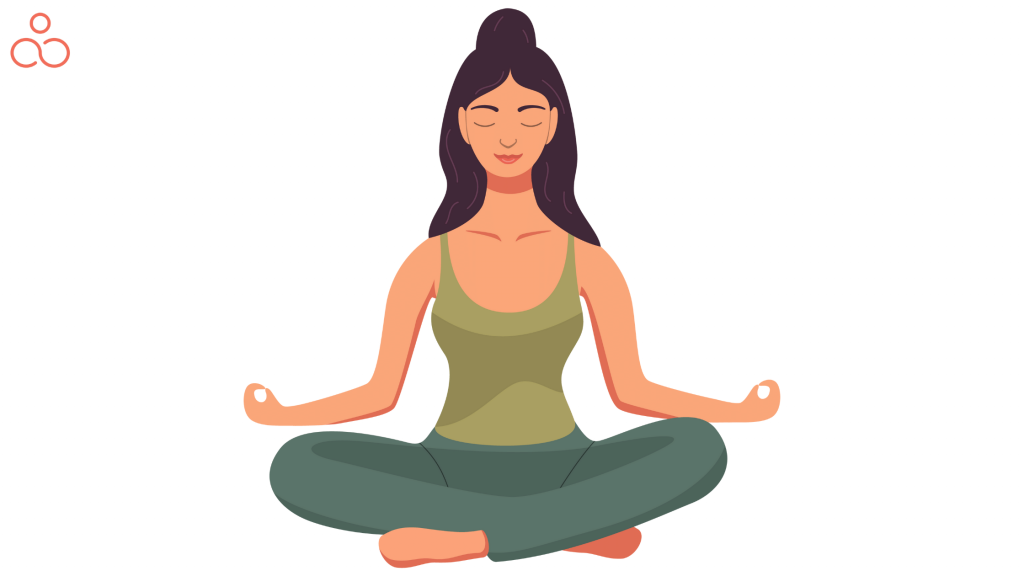
In the west, ujjayi breathing has become famous as the preferred pranayama, particularly in the Ashtanga, Jivamukti, and Vinyasa lineages. Most instructors begin by asking you to perform ujjayi pranayama, which is as familiar as saying namaste at the end of a lesson.
Some teachers recommend perfecting ujjayi in a seated posture before applying it to asana practice. In contrast, others say that ujjayi should not be done during Asanas because it will emerge naturally when asana is no longer required. Just listen to your teacher and your body.
Conclusion
Your breath may be a wonderful person if you pay attention to it, guiding you in a variety of ways. The ancient yogis knew that the breath and the mind are inextricably linked. Ujjayi not only shines a light on your unconscious behaviour, but it also quickly creates a new practice, one that may calm, lull, and entice your body and mind into a state of enhanced and increasing calm.
Pranayama can help the mind and body in various ways and on a variety of levels, including physical, mental, emotional, and spiritual. Keep in mind to take it slowly.
As you improve your breath control, build on your previous experience. You will begin to release your mind as you relax and breathe intentionally but naturally. Hopefully, this is clear, and you will include this pranayama into your practice. Consult an experienced yoga instructor near you to learn more about Ujjayi breathing and apply it to your yoga practice.

